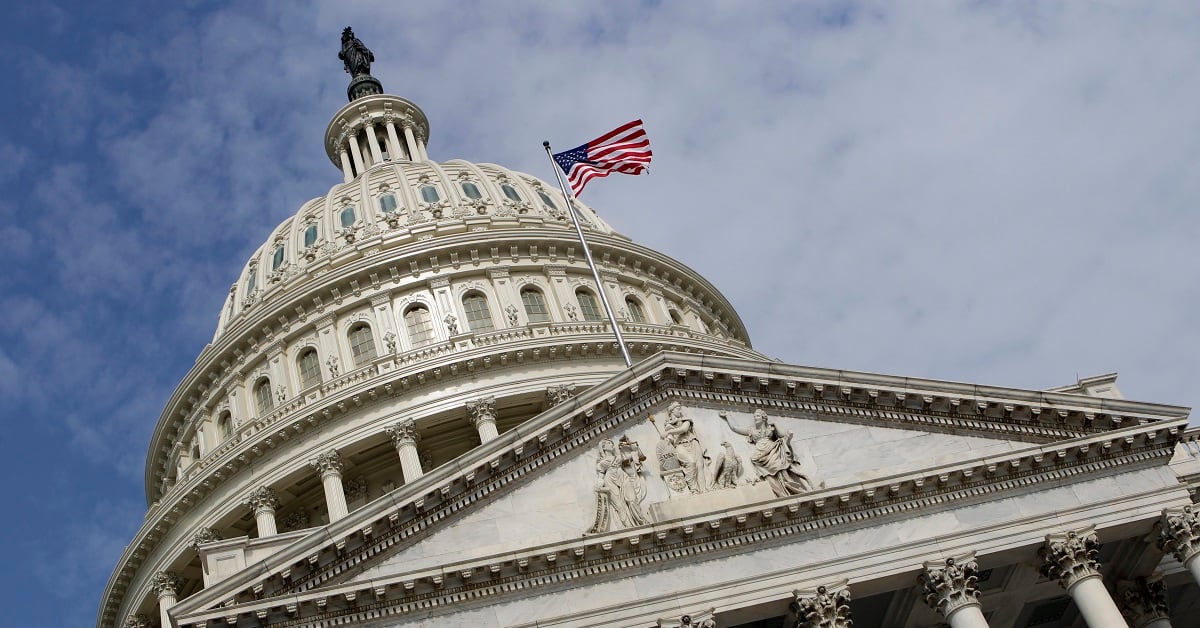Deep in a massive banking reform bill that’s on its way to the president sits a few paragraphs on the VA home loan refinancing program that could change how, and when, veterans can re-do their mortgages.
And it could mean fewer “refinance now” mailers.
The Economic Growth, Regulatory Relief, and Consumer Protection Act passed the House on Tuesday, about two months after it cleared the Senate. The VA loan-related passages had legislative life before that, coming from a joint bill proposed by Sens. Thom Tillis, R-N.C., and Elizabeth Warren, D-Mass., in January.
What those passages mean for VA loan-holders, should President Trump sign the bill:
- With limited exceptions, borrowers will not be able to secure a VA-backed refinance on their loan until 210 days after their first loan payment or after they’ve made six monthly payments, whichever takes longer.
- Lenders must provide borrowers with a “net tangible benefits test” that outlines the full financial scope of the refinanced loan, so borrowers have a complete picture of what they’re paying and saving over time.
- Any fees associated with the refinanced loan must be recouped within 36 months.
- Refinanced loans must have a rate at least 50 basis points lower than the original loan’s fixed rate to qualify for VA backing.
RELATED

Warren and Tillis proposed the original legislation as a way to combat loan “churning,” the practice of rapidly refinancing VA-backed loans in a way that may weaken the overall VA mortgage program, according to representatives at the Government National Mortgage Association, better known as Ginnie Mae.
If lenders can’t secure VA backing for refinances until more than six months after a veteran signs a mortgage, such deals would become less attractive to the lender ... and may result in less veteran-centric marketing to new borrowers often hit with mailers and email traffic that push refinancing options.
Kevin Lilley is the features editor of Military Times.





